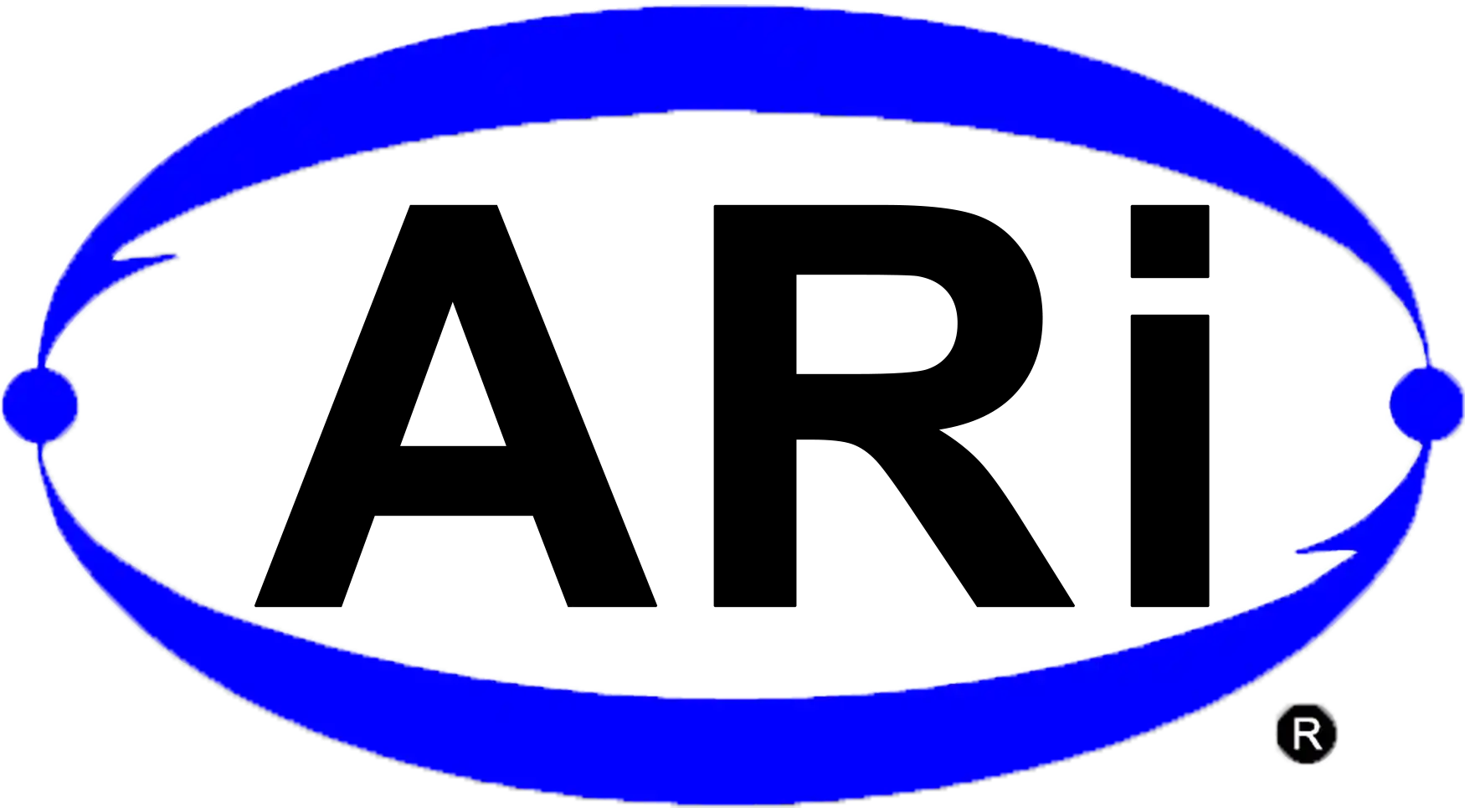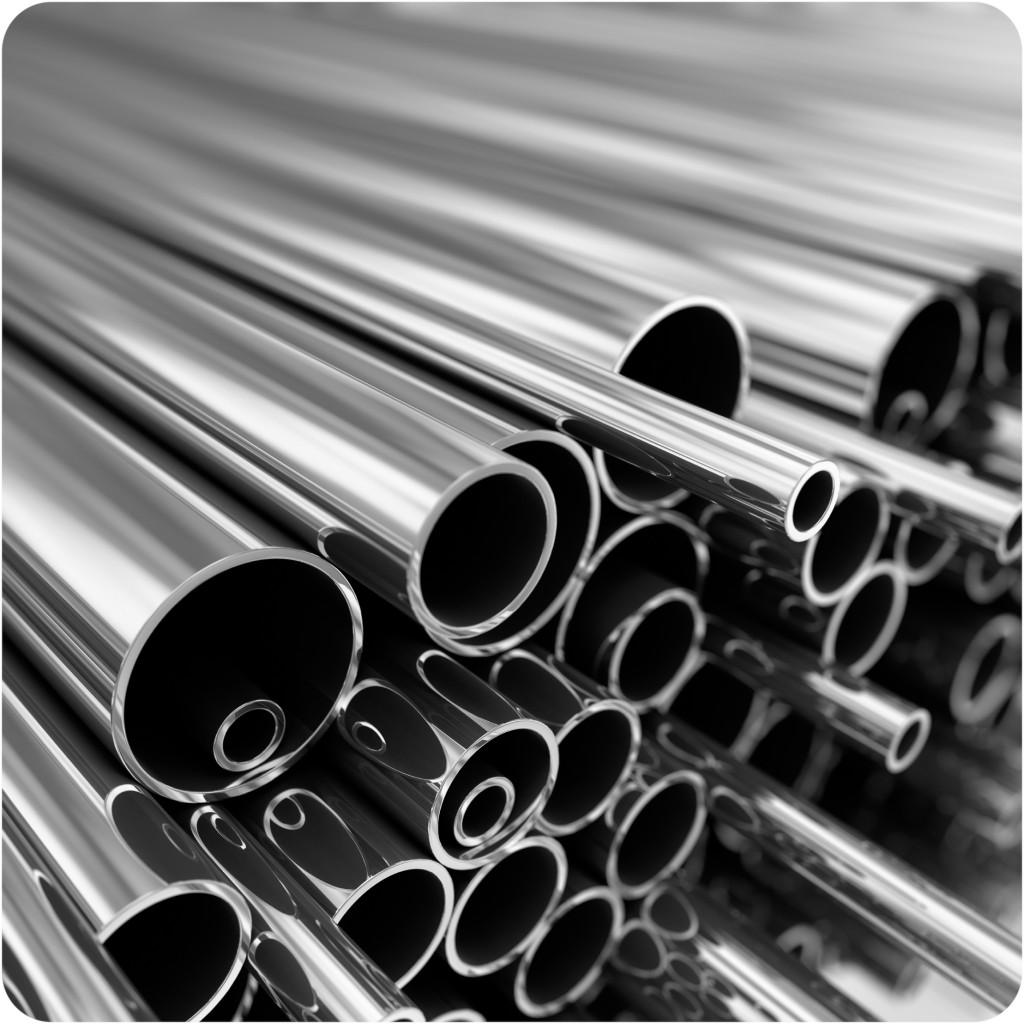Please contact us for further information or any special requirements you may have.
Standard AerOpak® Mineral Insulated Cable is normally available from our inventory for immediate shipment. Call or email for details!
- 800-237-6725 (Toll Free)
- 630-953-9100 (Phone)
- 630-953-0590 (Fax)
- [email protected]




